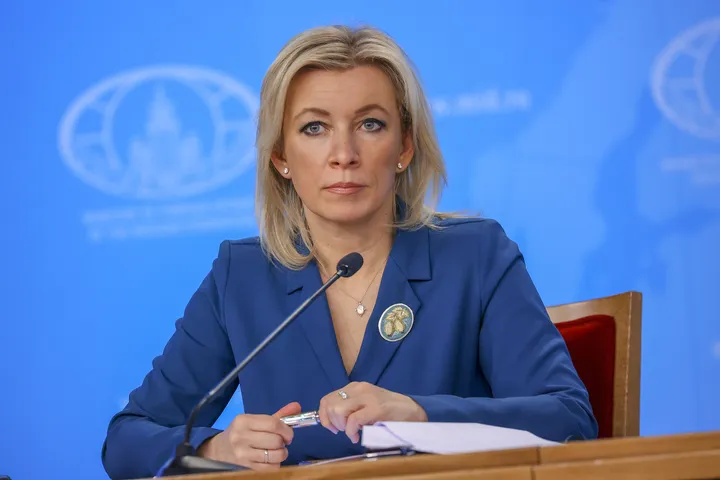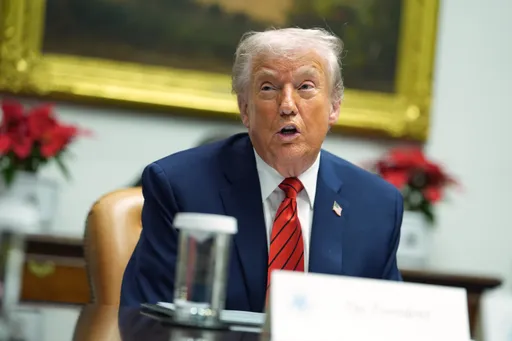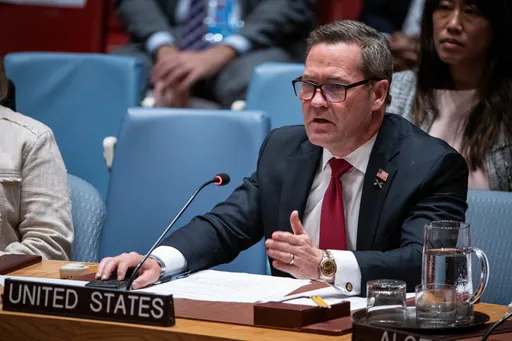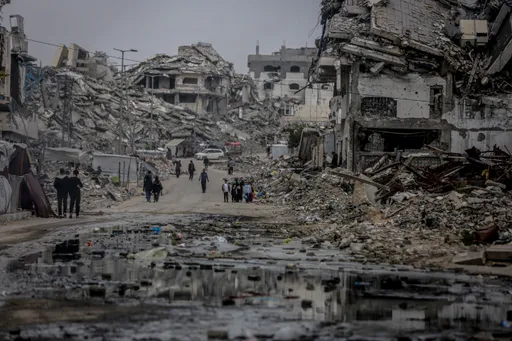The rapid spread of the coronavirus across 168 countries and regions has exposed the ineptness of governments in multiple ways.
The wild animal trade flourished unhindered despite clear signs that some deadly pathogen was waiting to jump onto humans from the animal kingdom. Hardly, any effort was made to prepare hospitals to deal with a pandemic even when coronaviruses like Covid-19 have struck mankind before in the shape of SARS and MERS.
These failings have transitioned into a lot of severely sick people and a dearth of mechanical ventilators - the machines that help unwell people with weak lungs breathe.
At least 5 percent of the Covid-19 patients who have severe respiratory problems could need a ventilator. But from the world’s largest economy — the United States — to the second-most populous country India, officials are struggling to get hold of enough machines.
Hospitals in the US have between 160,000 and 172,000 units, many of which are already in use by patients suffering from other ailments.
A few years ago, researchers at the Center for Disease Control and Prevention (CDC) estimated that America would need 742,000 ventilators in case of a 1918-like Spanish Flu pandemic.
Italy, which has reported the highest number of deaths from the Covid-19, has ordered thousands of machines in recent days. It has four severe acute respiratory patients coming in for every one ventilator.
Similarly, in the United Kingdom, which enforced strict restrictions on movement this week, the National Health Service (NHS) has around 5,000 ventilators and another 900 for children. The country urgently needs another 20,000.
Things are bleak in developing countries where authorities are relying on mass shutdowns and isolation because hospitals there are not equipped to deal with a deluge of sick people.
India, with a population of 1.3 billion, has around 30,000 ventilators. The central and state governments there are struggling to find more. A local manufacturer recently complained that around 20 units in its stock can’t be assembled because key components cannot be imported from China.
Next-door Pakistan reportedly has around 2,000 ventilators in government-run hospitals and another 400 at private hospitals, which charge exorbitant overnight prices.
Will the hacks work?
To deal with the shortage of medical equipment including protective gear, doctors and hospital engineers have started sharing creative tips on how to make most out of their existing inventories.
For instance, Dr Yuri Gelland of San Diago, California, shared on Twitter a way to make continuous positive airway pressure (CPAP) masks that lower the risk of contamination in emergency rooms.
Similar solutions are being applied to increase the productivity of ventilators, which some experts say can be rigged to provide oxygen to more than one critically ill patient.
Dr Charlene Babcock, who specialises in emergency medicine, earlier this month shared a video tutorial on how to modify a ventilator to ventilate four patients. It has received more than 767,000 views and probably encouraged doctors elsewhere to apply the technique.
The trend seems to be gaining momentum as a doctor in Pakistan’s Shaukat Khanum Hospital shared pictures of a modified ventilator on Twitter this week.
But Seemi Jamali, the ER head of one of Pakistan’s busiest state hospitals, says she wouldn’t recommend altering the complicated machines.
“It’s pretty dangerous. There are a lot of modes and settings that need adjustment for doing something like this and I don’t think we have the expertise yet,” she told TRT World.
Jamili has seen the videos online and says she wasn’t convinced. Ventilators are sophisticated machines, which are marketed only after many layers of regulatory approvals, she says.
“Obviously, there is also a danger of it spreading infections.”
While there might be concerns about altering a ventilator, tech enthusiasts including biomedical technologists have started online collaboration to design and produce cheap ventilators.
Young engineers have started open source projects, holding meetings and discussions via Slack and Facebook to share ideas.
The Open Source Covid 19 Medical Supplies group on Facebook was started earlier this month and already has more than 45,000 members.
But getting an innovative solution to the market will be tough as such equipment needs lengthy approvals and testing periods. Then it’s unclear if hospitals will be interested in ordering untested equipment especially when it involves patients on life support.
The ventilator shortage has prompted governments to seek help from other industries. In Italy, car manufacturers Fiat Chrysler and Ferrari are in talks with a medical supplier to see if they can join hands. In the UK, Prime Minister Boris Johnson has sought help from wherever it comes. Consequently, Rolls Royce and other UK-head quartered car companies are exploring the possibility of making the machines. Similarly US President Donald Trump said General Motors, Ford and Tesla have been given permission to build ventilators.
But making cars and ventilators are two different things - cars break down all the time and can be parked for repairs, but a ventilator has to run nonstop and a malfunction is a matter of life and death.
“Making ventilators is not a trivial process,” Eric Gjerde, CEO of a small ventilator company, told Vox. “It’s just too dangerous to be thrown into the hands of people who don’t know what they’re doing.”
Why the shortage?
A mechanical ventilator can cost up to $50,000. Hospitals keep a minimum of machines in the ICUs because an empty bed or unused machine adds to the cost.
There are just a handful of well-known suppliers with Medtronics, Philips, Getinge and Draegewerk leading the market.
According to The Economist, the ventilator manufacturers had a capacity to produce only 40,000 units in 2019 and buyers have to wait months for deliveries.
The Swiss company Getinge says it is ramping up ventilator production by 60 percent. Last year it made 10,000 units - supplying one in four of every unit sold around the world.
But the manufacturers will be handicapped by logistics issues as some parts come from China where the industrial production dropped by 28 percent in the first two months of the year.
Manufacturers will also be wary of spending money on increasing production capacity, which can become idle once the virus runs its life.
“Presumably at some point this crisis will play itself out and the hospitals will have far more ventilators than they need until the next crisis,” Kenneth Lutchen, dean of Boston University’s College of Engineering, told MIT Technology Review.
“There needs to be an incentivised business model to hit the go button for ramping up manufacturing, and the government likely needs to figure out how to successfully engage,” he added.
























